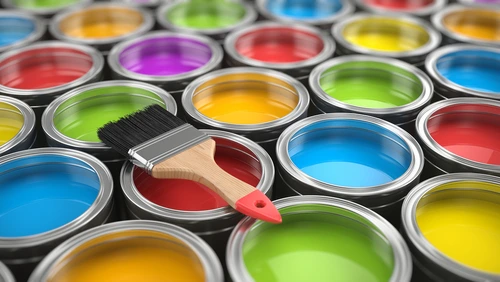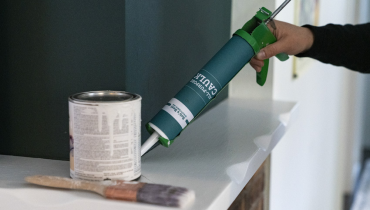Learn about latex vs. acrylic paint to know which one is best for your home improvement project from the experts at Five Star Painting.
Learn moreOur Blogs
Shared Resources for Your Home Needs
All Blogs
According to experts at Five Star Painting, aligning your property's paint colors with your Zodiac sign can create a space that reflects your core personality traits to foster a harmonious environment.
Key Zodiac paint color recommendations include:
- Fire Signs (Aries, Leo, Sagittarius): Thrive in warm, energetic, and bold colors like fiery reds and deep purples.
- Earth Signs (Taurus, Virgo, Capricorn): Feel most at home with grounding, natural, and serene tones, such as earthy forest greens and classic navy blue.
- Air Signs (Gemini, Libra, Aquarius): Suit light, airy, and communicative colors that stimulate the mind, including bright yellows and soft pink.
- Water Signs (Cancer, Scorpio, Pisces): Are drawn to deep, calming, and intuitive hues, such as pale blue and seafoam greens.
Nothing can spoil a pleasant afternoon lounging on your porch or deck than a flock of unruly birds or a swarm of insects. Whether
Learn moreCedar bleed or bleeding of the tannins in the wood, is one of the most common problems we experience in the residential painting b
Learn morePaintable caulk, or acrylic caulk, is an acrylic-based caulk that is perfect for indoor projects. The caulk binds to paintable sur
Learn moreTaking on a small DIY painting project doesn’t seem like a big deal. However, even a small painting project requires an inve
Learn moreBlog Categories
About Five Star Painting

Five Star Painting is a residential and commercial painting company with over 225 locations across North America. All of our locations are locally owned and operated by experienced professionals who deliver customer-focused, high-quality interior and exterior painting services.
Our approach to painting involves meticulous attention to detail, which includes proper preparation, surface cleaning, priming, and using only premium paints from Sherwin-Williams, Benjamin Moore, and Behr to ensure a smooth, long-lasting finish that looks great for years.







